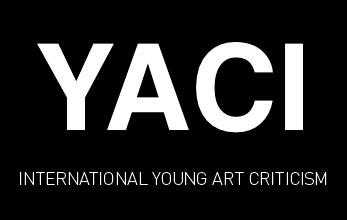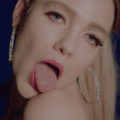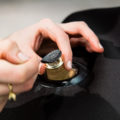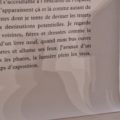Côme Di Meglio’s dinner invitation
The dinner invitation is like any other invitation. The artist gave the time and date to his guests but did not specify anything for the menu. The meeting proposed by Côme Di Meglio redefines the codes of the meal by shaking up our gustatory and social habits.
We arrive around the table looking everywhere around us. This meal on Monday, April 29th takes place under the glass roof of a Parisian apartment and the view already transports the guests. Each series of dinners takes place in a specific environment, in a different place. Here, the artist emptied a dwelling before transforming it into a nest using moss, twigs and other natural elements. In his introduction, he explains that he sees dinner as a whole, an environment and a sum of social interactions. Through the meal, which he is not the first to use artistically, he finds a way to prolong an artistic and spiritual quest. In a different perspective from the pioneers of eat art, less festive and above all more meditative, he proposes a form of renewal.
What do we do when we have dinner? Well beyond food, we communicate with others, we maintain friendly relationships. The experience that Côme Di Meglio proposes to us returns to the very gesture of dinner, its definition and leads us to take a more acute look at our ordinary life. One of the guests pointed out that in restaurants or cafés, it is often the chatter that prevails over the rest. Not all the guests here know each other. We exchange names but do not immediately engage in the “What are you doing? “and other questions of use. This dinner allows you to get to know each other in a different way, and restores the value of silence. The phones are in airplane mode and without any other unit of measurement we can’t see time passing either. Between two courses, the artist distributes the word and tries to awaken our attention to the other, his gestures, his face, his way of expressing himself. Perhaps there is something naive about trying to look at the other without preconceptions, to play the game. But the issues raised by these dinners are crucial: how to create a society, how to pay attention to others and how to give them? Trusting strangers is a challenge and encourages you to question yourself: what about yourself?
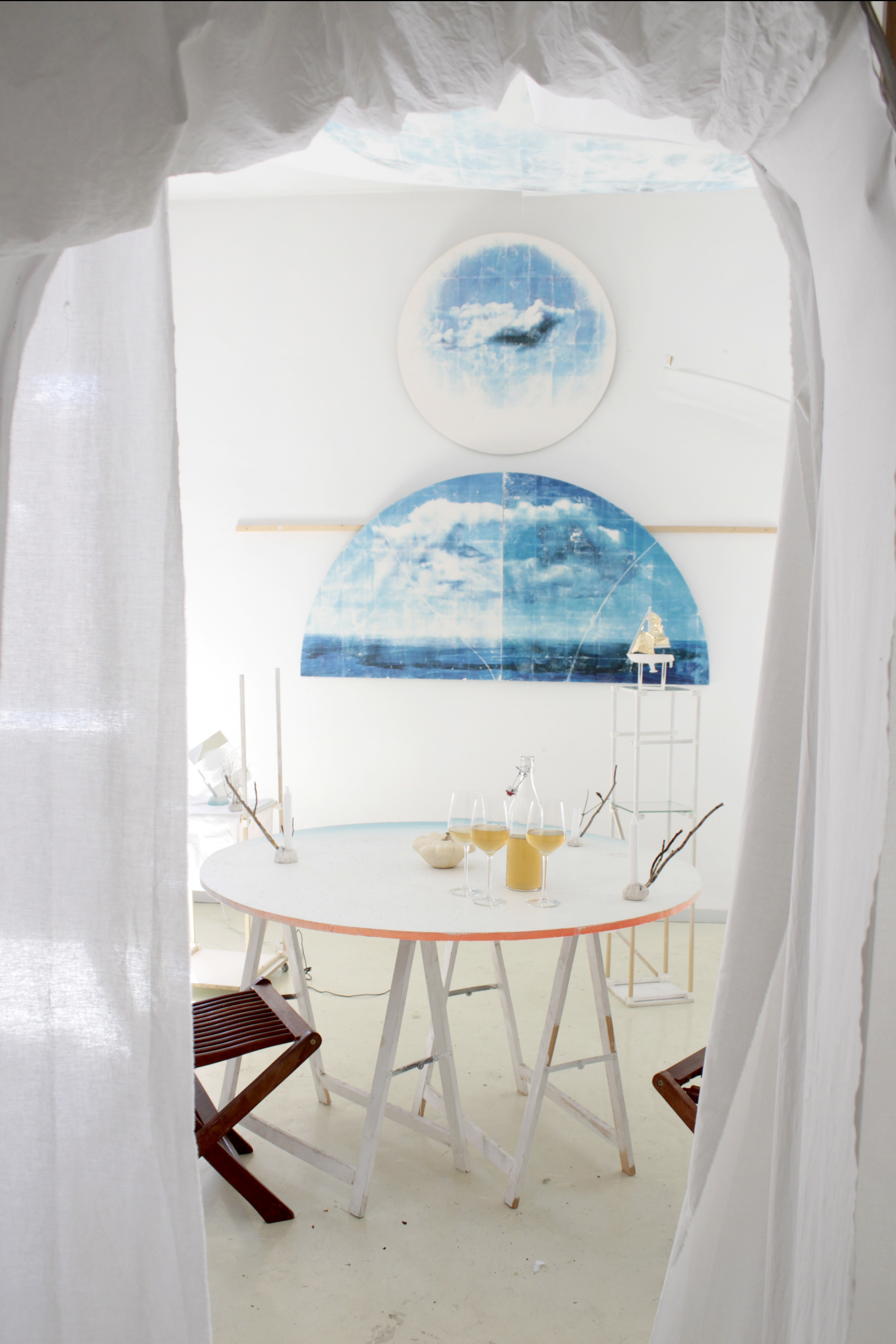
The experience of this dinner is above all personal and the story I tell is subjective. We do not all leave with the same impressions of the meal. The dishes and their presentations play on unusual flavours and combinations, both in texture and taste. We think we recognize the acidity of a citrus fruit but we stay on the crispness of the nut. We hesitate to recognize a particularly subtle spice but we appreciate the lightness of a mousse. Just ask each other what they remember about flavours and you will realize that our perceptions vary radically. The ingredients are seasonal, taken from the market but their enhancement is surprising. It all depends on what we think we recognize and perceive, from the simplicity of an apple to the sophistication of a dish dressing. Any contest in reality to get out of everyday life and establish new connections with others but also with oneself through the practice of meditation, of awakened hypnosis.
No pictures are taken during dinner; no matter how tempting. Côme Di Meglio wonders how his dinners should be documented but does not want the experience to be undermined by social networks and the temptation to share immediately. Word of mouth allows him to have new guests at each dinner but the greatest difficulty and to keep the experience always new and sensitive. The artist would like his future guests to arrive without a priori, without outside influences. There is not only one way to experience the event and everyone should be able to be fully involved in the present of the dinner. This concern for the trace is in line with that of other conceptual artists or performers who make the relationship with the other the subject of their work. One thinks of Tino Seghal who rejects the writing of his works and their principles or the recording of his work to preserve the surprise of a relationship between individuals. Art can be a potential for encounter, a privileged space-time. We follow the artist’s calm voice as he invites us into the here and now to explore an inner world.
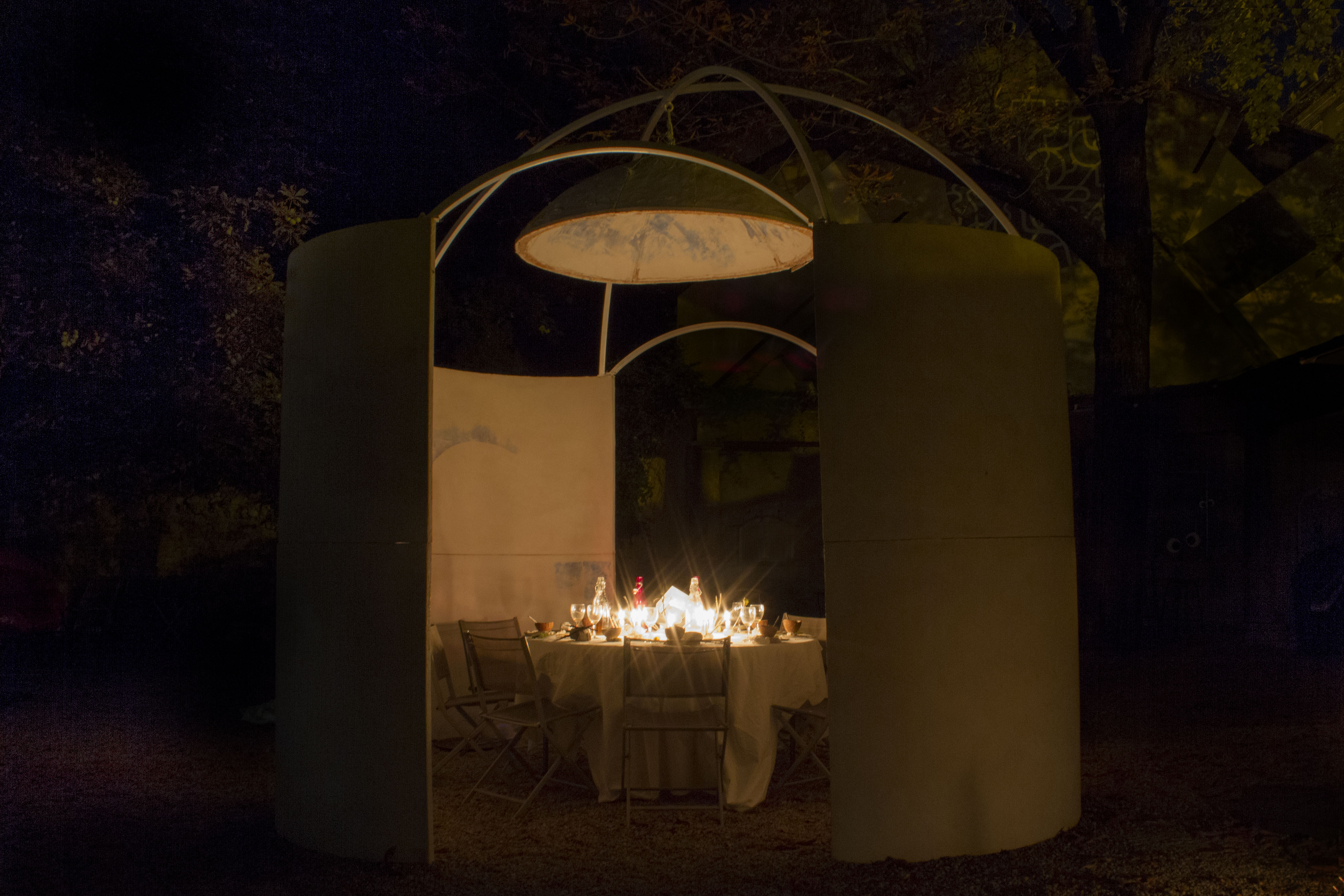 Côme Di Meglio, TransitionSPACE, dôme. Courtesy of the artistObserving the scenery around us allows us to anchor ourselves in this dinner. All our faculties of concentration are solicited while we are invited to close our eyes or to seize the silence. As in a Japanese tea ceremony, the slightest object has its place around the table and is significant. The poetry of the gesture even in the utensils. In an analogy report, smells and tastes take us back to a past that we are free to revisit. By projecting into our memories and unconsciousness, a unique intimacy is created between the guests. In this harmonious setting, lights become sounds, sounds of colours and synaesthesia is encouraged by this total environment, where from an apple we can return to the tree and the very cycle of life. It would be difficult to say more without betraying the experience, but Côme Di Meglio proposes the dinner as a form of global communion. Without reinventing the wheel, he reinvents the plate as a ritual.
Côme Di Meglio, TransitionSPACE, dôme. Courtesy of the artistObserving the scenery around us allows us to anchor ourselves in this dinner. All our faculties of concentration are solicited while we are invited to close our eyes or to seize the silence. As in a Japanese tea ceremony, the slightest object has its place around the table and is significant. The poetry of the gesture even in the utensils. In an analogy report, smells and tastes take us back to a past that we are free to revisit. By projecting into our memories and unconsciousness, a unique intimacy is created between the guests. In this harmonious setting, lights become sounds, sounds of colours and synaesthesia is encouraged by this total environment, where from an apple we can return to the tree and the very cycle of life. It would be difficult to say more without betraying the experience, but Côme Di Meglio proposes the dinner as a form of global communion. Without reinventing the wheel, he reinvents the plate as a ritual.
